“Gardening from the Ground Up,” a recent three-part Master Gardener Workshop series, focused on gardening practices that use natural methods and systems to create healthy soils and beautiful plants grown in an environment without using chemical pesticides. Presented by Master Gardener Cheryl Cozad, the workshops explored three basic principles of Regenerative Agriculture: 1) Minimize Disruption; 2) No Bare Soil; and 3) Diversity. (This series of workshops, along with others offered this Fall are available for viewing on the Master Gardener YouTube channel which is also linked on our webpage).
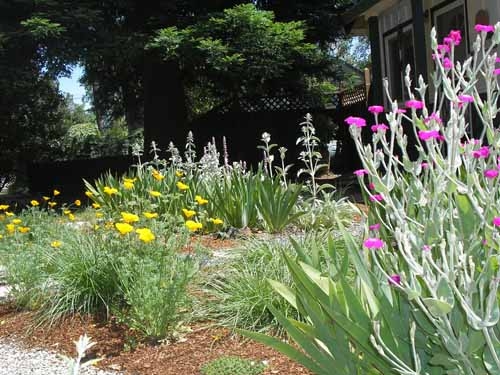
Ten to twelve thousand years ago, the Agricultural Revolution was the new kid on the block. For eons prior to that, humans had lived primarily as nomadic hunters and gatherers, nourishing our bodies with seasonally available plants and animals. The sudden (in evolutionary terms) shift to staying put geographically and cultivating and storing food fundamentally changed the way many humans perceived, treated, and interacted with the ecosystems that sustained them. Living in one place throughout the year enabled an “ownership” mentality (both of land and dwellings); and humans learned to manipulate the natural world that surrounded them.
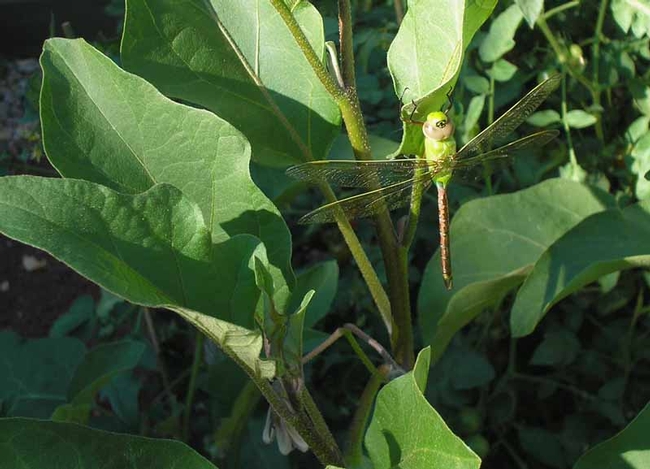
At the time, these chemicals seemed like answers to farmers' and consumers' prayers. Imagine the miracle of pesticides when your crop was not destroyed by pests and consumers received blemish-free produce. The miracle of herbicides provided relief from the backbreaking labor of hoeing and weeding. Anecdotal evidence abounds of farm children running behind the truck spraying DDT, and rural residents and towns had the sheer delight of a few hours' freedom from the torment of mosquitos.
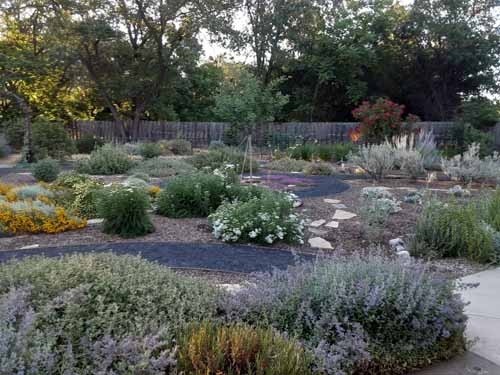
Since then we've recognized the dangers of chemical substances to our health and to our environment. The first generation of broad spectrum agricultural chemicals in use through the 1970s have been replaced by much more environmentally sensitive products that control pests selectively while preserving beneficial insects. Different classes of materials in use in agriculture are now rotated to prevent resistance and are used at rates of ounces per acre instead of pounds per acre as were the early pesticides. We now know that cancers have been linked to many chemicals in our environment; from some used in agriculture, to moth balls protecting clothes in our closets, to fire retardants on household fabrics, and including the gasoline that fuels our cars! Chemical use has changed significantly as our knowledge of these products has improved. Although cancer occurrence has increased in our lifetime, our life expectancy has also increased as other diseases that shortened life have been controlled by vaccines and pharmaceutical chemicals.
So -- how do we return to a method of gardening that works to regenerate soil and create healthy and nutritious food, while minimizing the use of pesticides and protecting our environment? Cozad's research into Regenerative Agriculture, presented in her workshops, supplies many answers.
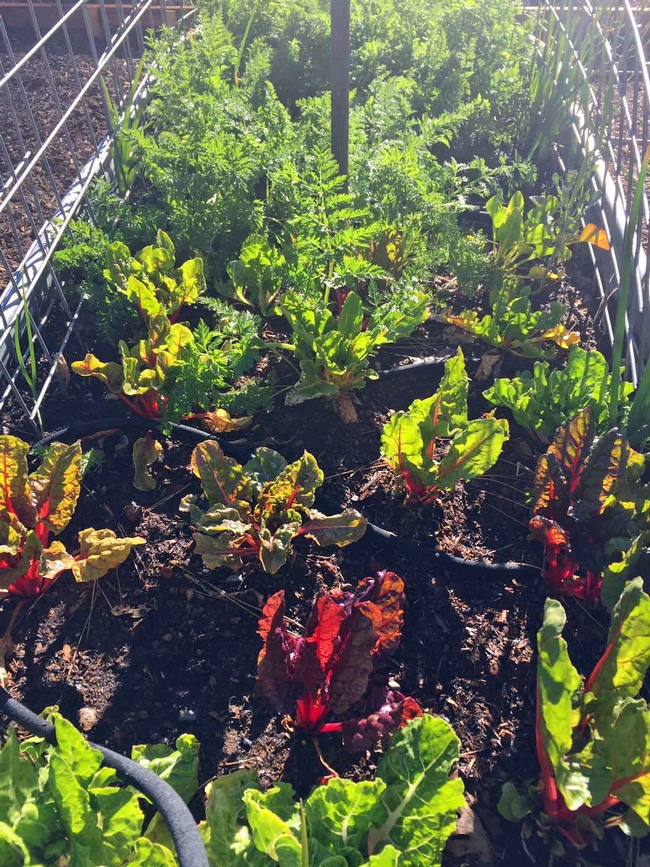
In Part Two, “No Bare Soil,” Cozad looked at the role compost plays in keeping soil and plants healthy. Starting with two questions: “What does compost do?” and “Is all compost created equal?” she dove into the differences between and benefits of bacterial- and fungal- dominant compost; discussed the principle of keeping live roots in the soil; and offered examples of succession planting to utilize this Fall and year-round. By composting, gardeners can effectively reduce all of the following: the loss of microbial life in the soil; erosion caused by wind and water; soil compaction; and soil temperatures (critical to us, given the hot summers we experience here in Butte County).
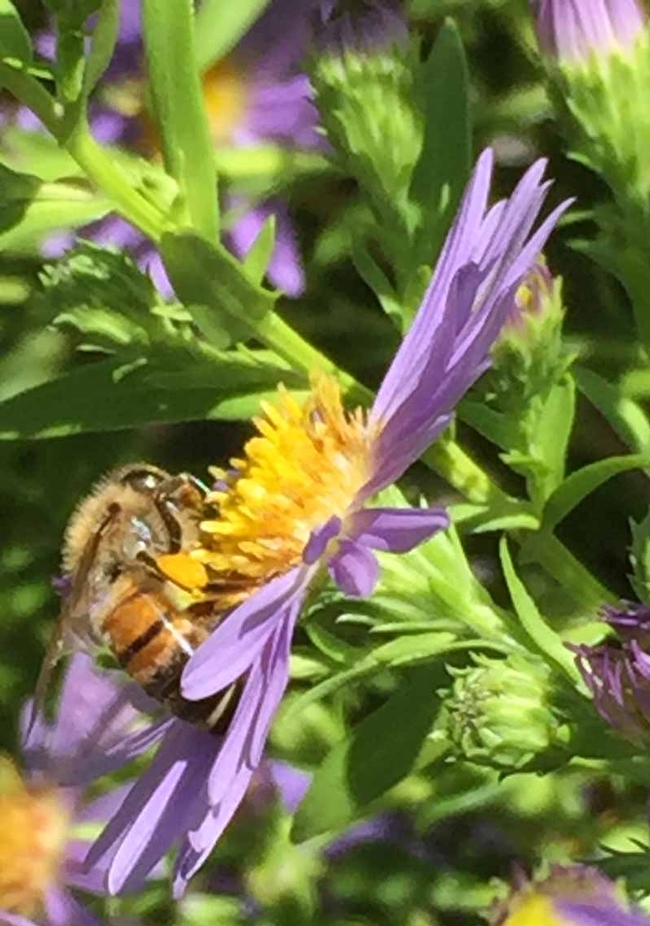
Cozad peppered her review of the academic research and emerging body of knowledge about regenerative agricultural practices with examples of successes and failures from her own experiences. Throughout her talk, her passion for putting theory into practice in her own garden, and her sincere desire to make our world a better place for all flora and fauna, was clear. This passion was especially apparent at the end of the third workshop, where she included the intriguing concept of Quorum Sensing. This is the ability of bacteria, including those that reside in humans, to create a large enough quorum of beneficial cells, micro-biomes, systems, and environments to suppress disease. She ended her presentation with an invitation and invocation to us all: “You have become a part of the quorum to protect earth's surface.” Hear, hear! Please watch her entire series to learn how.
UC Master Gardeners of Butte County are part of the University of California Cooperative Extension (UCCE) system. To learn more about us and our upcoming events, and for help with gardening in our area, visit our website. If you have a gardening question or problem, email the Hotline at mgbutte@ucanr.edu (preferred) or call (530) 538-7201.